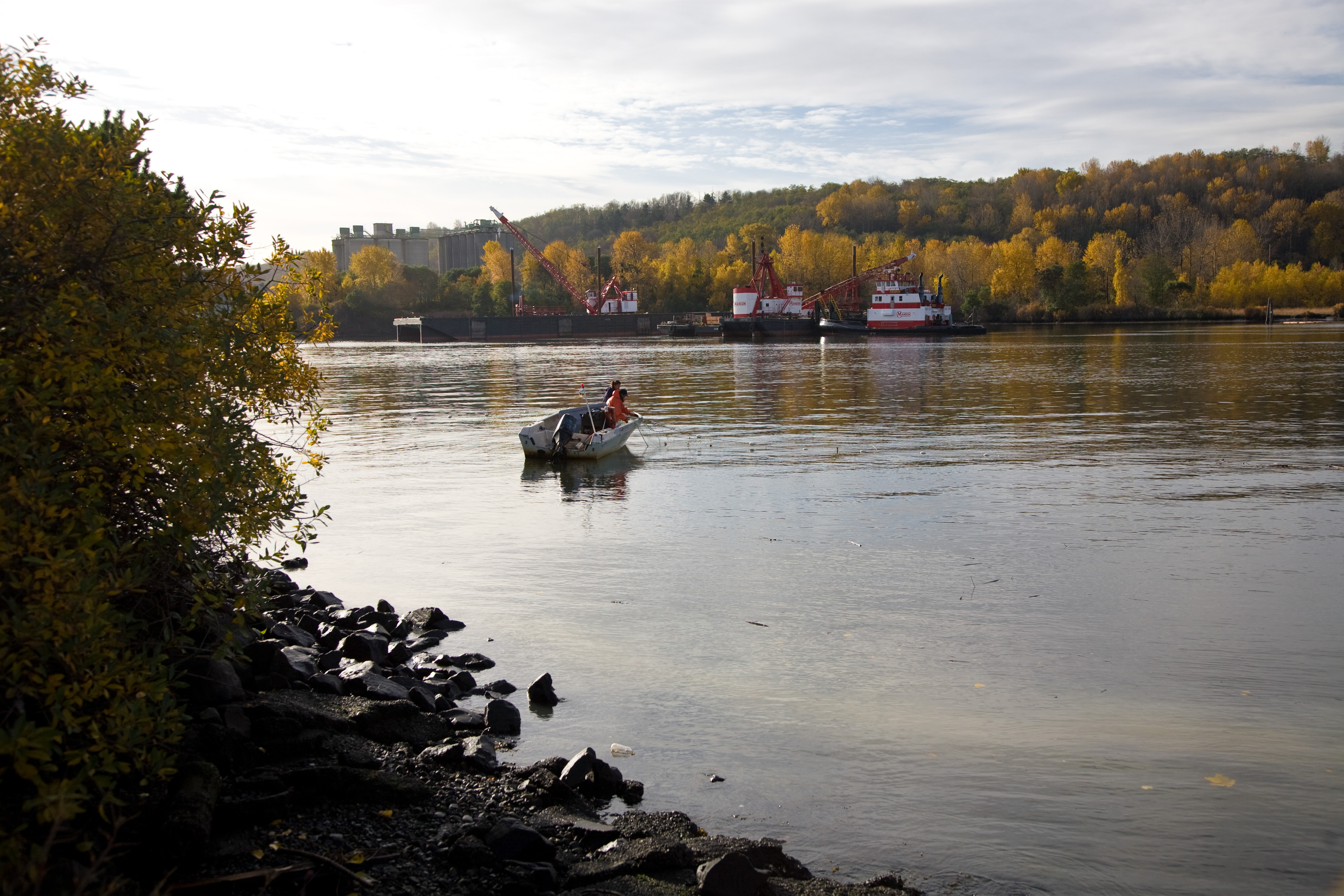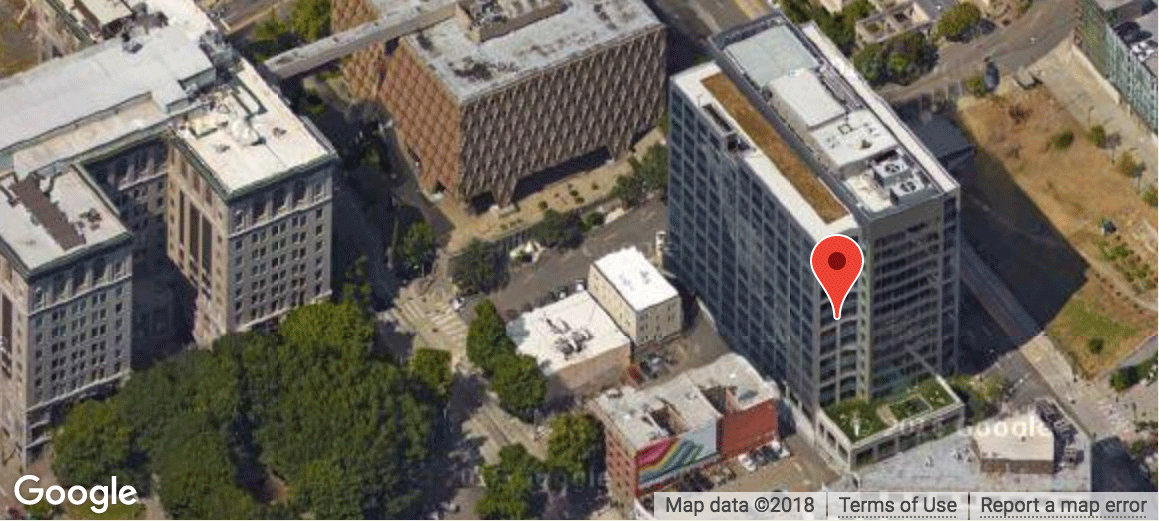How we got here

Within the Watershed are dozens of programs, projects, regulations, and techniques that are intended to reverse some of the negative impacts from the past and present, and to improve conditions for all.
Our region has invested extraordinary public resources in the Green/Duwamish Watershed:
- $163 million for the South Park Bridge.
- More than $100 million to reduce Duwamish River combined sewer overflows by 90 percent since 1988.
- $100 million in early action Duwamish River sediment cleanup.
- $40 million to repair the Howard Hanson Dam.
- More than $125 million in fish and wildlife habitat improvements since 2005.
- More than $50 million in flood risk reduction capital projects since 2008.
These investments are just a fraction of what is needed to fully restore the Watershed’s health. For example, a recent study identified roughly $200 million each year for the next three decades, plus millions more in annual operating costs and stormwater retrofits.
Lower Duwamish cleanup
The Environmental Protection Agency released its final Lower Duwamish Waterway Superfund cleanup plan, which complements the Executive's effort to coordinate work being done across the 500-square-mile watershed. King County and the City of Seattle are committed to spending more than $500 million over the next 20 years to reduce sewer overflows even further.
Efforts to recover federally protected salmon populations within the Green/Duwamish Watershed is estimated to require about $300 million over the next decade. Flood protection goals provisionally approved by the King County Flood Control District—including increasing flood protections to the 500-year event level—would cost an estimated $500 million.
Developing a coordinated strategy
The Watershed will benefit from a coordinated strategy that can provide stronger links between efforts, and identify the gaps that must be addressed.
The Regional Open Space Strategy (ROSS) model created by the University of Washington Green Futures Lab and Bullitt Foundation offers a comprehensive approach to establishing such a plan.
ROSS can identify measures to enhance open space systems and contribute to the ecological, economic, recreational, cultural and aesthetic vitality of the Watershed. The top objectives are to:
- Develop a vision and approach for improving human health, open space, water quality, land use, and economic and community vitality.
- Strengthen links between the work that is already underway.
- Identify the high priority gaps in actions and funding that are needed to achieve the vision.
- Engage multiple stakeholders, governments, tribes, and communities in the Watershed's future.
- Build greater awareness of needs in the Watershed.
- Form a coalition that is committed to making this strategy a reality.
| King County Executive Dow Constantine |
 |
|
Read the Executive's biography |
|

 Translate
Translate
